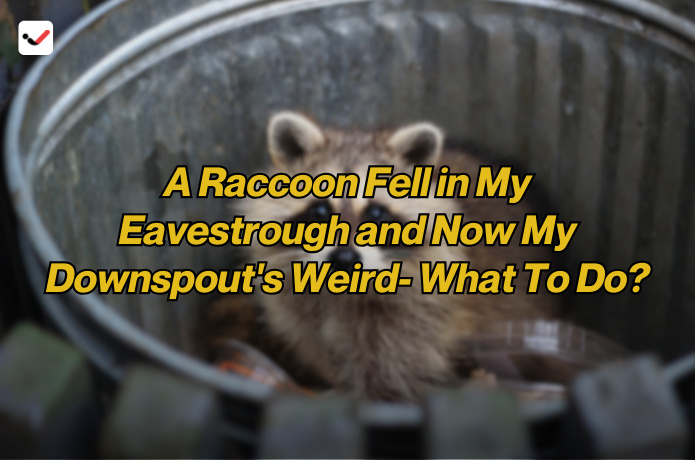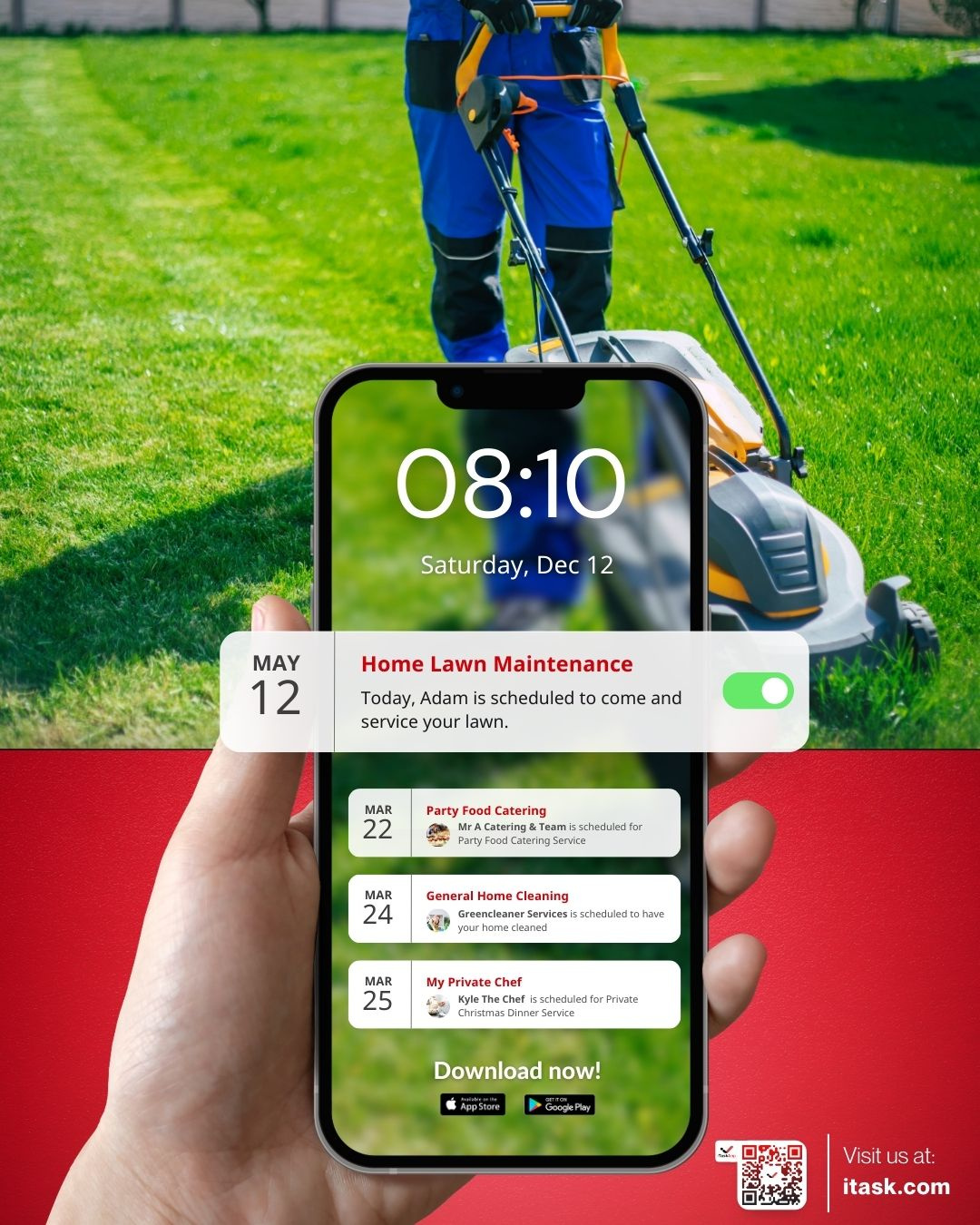A Raccoon Fell in My Eavestrough and Now My Downspout's Weird- What To Do?
A Raccoon Fell in My Eavestrough and Now My Downspout's Weird- What To Do?

Eavestroughs and downspouts play a vital role in protecting your home from water damage by directing rainwater away from your roof and foundation. However, unexpected problems can arise, like when a raccoon or other animals decide to use your eavestrough as a temporary home. If a raccoon falls into your eavestrough, it can cause a lot of issues that may disrupt the flow of water through your downspout. In this article, we'll explore what can happen when animals get into your eavestrough, why it may affect your downspout, and what steps you can take to fix the problem.
Having a raccoon stuck in your eavestrough may sound unusual, but it’s not as rare as it seems. These creatures are known for their curiosity and ability to climb. They might fall into the eavestrough while searching for shelter or food. Once in, they may damage the eavestrough, block the downspout, or even make their way into the attic or other parts of your home. Regardless of how it happened, it’s important to address the situation quickly to avoid further damage to your home. Let's dive into the steps you can take to handle a raccoon in your eavestrough and ensure your downspout is working properly.
Step 1: Check for Damage and Remove the Raccoon
The first thing to do is to check if the raccoon is still inside the eavestrough. Look carefully around your roof to see if you can spot any signs of the animal, such as visible damage or movement. If the raccoon is still trapped, it's crucial to call a wildlife removal service. These experts are trained to safely capture and relocate the animal without harm to it or your property. Attempting to remove the raccoon yourself can be dangerous, as they are unpredictable and can become aggressive if threatened.
If the raccoon is no longer there but you notice damage to the eavestrough or downspout, inspect the area for any blockages. Leaves, debris, and other items may have been pushed into the system while the raccoon was inside. You can clear the debris manually or with a garden hose, but be sure to check both the eavestrough and downspout thoroughly.
Step 2: Clean the Eavestrough and Downspout
Once the raccoon is gone, and you've assessed any damage, the next step is to clean the eavestrough and downspout. Eavestroughs often get clogged with leaves, twigs, and other debris, even without an animal problem. After the raccoon’s visit, it’s possible that there is an accumulation of additional debris or even animal droppings. To clean the eavestrough, use a ladder to carefully access the roof. Wear gloves to protect yourself from any debris or waste that may have been left behind by the raccoon.
Use a small scoop or your hands to remove any visible debris in the eavestrough. After clearing large chunks, use a garden hose to flush out any remaining smaller debris. If the downspout is clogged, you can use a plumber’s snake or a high-pressure nozzle on your garden hose to force water through and clear the blockage. If this doesn’t work, you might need to take apart the downspout to remove any blockages manually.
Step 3: Inspect for Structural Damage
Sometimes, animals like raccoons can cause more than just a mess. They can damage your eavestrough, causing it to bend or break, which can lead to water leakage or further clogs in the downspout. Once the eavestrough is cleaned, closely inspect it for any cracks, holes, or dents that may have been caused by the animal's presence. A damaged eavestrough may need to be repaired or replaced to prevent future issues with water drainage.
If the downspout is damaged or loose, tighten or replace it as necessary. The purpose of the downspout is to direct water away from your home, and a broken downspout can cause water to pool around your foundation, leading to potential flooding or erosion problems. Proper repairs will help maintain the efficiency of your gutter system and keep your home protected from water damage.
Step 4: Prevent Future Raccoon Visits
Once the immediate issue is addressed, you’ll want to prevent raccoons and other animals from entering your eavestrough in the future. Here are some effective steps to safeguard your home:
1. Install a Gutter Guard: Gutter guards are a great way to keep debris out of your eavestrough and prevent animals from entering. These guards act as a mesh cover, allowing rainwater to flow through while blocking leaves, twigs, and animals. Choose a high-quality gutter guard designed to handle various weather conditions.
2. Seal Holes and Gaps: Inspect the area around your eavestrough for any gaps or holes where animals can gain access. Seal these openings with caulking or weatherproof sealants. Pay particular attention to corners or areas where the eavestrough meets the roof, as these can be entry points for wildlife.
3. Trim Nearby Trees and Branches: Raccoons are excellent climbers, and if you have large trees near your roof, it’s important to trim back branches that may allow animals to jump onto your eavestrough. By reducing easy access to your roof, you can discourage raccoons from entering your gutters in the first place.
4. Install a Raccoon Baffle: A raccoon baffle is a device designed to prevent animals from climbing up your downspout or eavestrough. It works by creating a slick surface that animals cannot easily climb. You can install these around the base of your downspout or along your eavestrough to deter raccoons and other creatures from entering.
Step 5: Regular Maintenance
Lastly, regular maintenance of your eavestrough and downspout system will help keep everything functioning smoothly. Clean your gutters at least twice a year—once in the fall and again in the spring. This will help remove debris before it has a chance to clog the downspout or cause water to overflow. Regular maintenance also helps you spot small problems before they become major issues, saving you time and money in the long run.
Dealing with a raccoon in your eavestrough can be a frustrating experience, but by following the steps above, you can restore your gutter system to proper working order. Whether it’s cleaning out debris, repairing damage, or preventing future animal visits, taking care of your eavestrough and downspout is crucial for maintaining the health of your home. By acting quickly and addressing both the immediate and long-term issues, you can avoid costly water damage and ensure your home remains protected from the elements. Always prioritize safety and seek professional help if necessary to handle animal removal or significant repairs.

